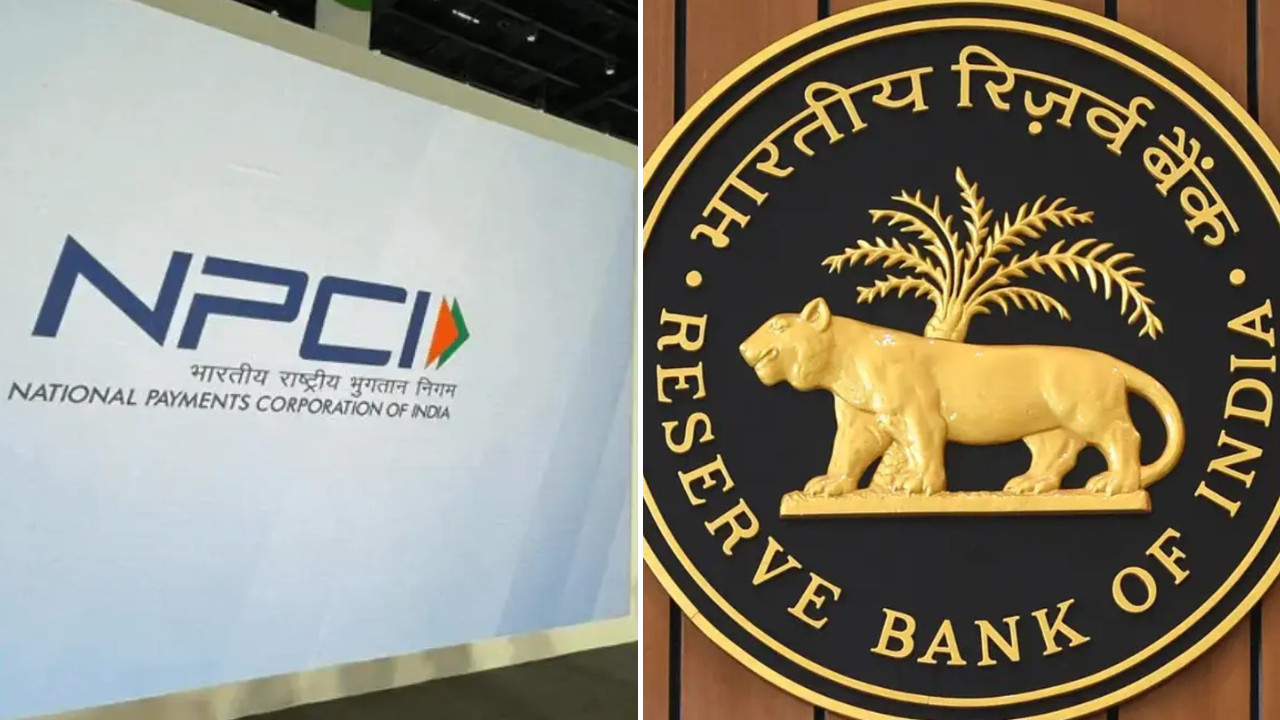Goldman Sachs sees a strong comeback for Indian banking stocks. Improving financial conditions and attractive valuations are expected to boost the sector. Low earnings expectations may lead to positive surprises. Profit growth is forecast to rebound in FY26. The Nifty Bank index is projected to outperform the broader market, offering substantial upside potential.
Why Goldman Sachs is Singing a Happy Tune About Indian Banks
For those of us watching the markets, the financial sector is often a source of nail-biting suspense. But lately, there’s been a distinct shift in tone surrounding Indian banks, a burgeoning optimism that has even the giants of Wall Street taking notice. Specifically, Goldman Sachs is sounding remarkably bullish on the prospects of India’s banking sector. But what’s fueling this newfound enthusiasm, and why should you care? Let’s dive into the key factors driving this positive outlook.
The Macroeconomic Tailwind Behind Indian Banks
India’s economic story is one of resilient growth. Despite global headwinds, the country continues to demonstrate robust expansion, creating a fertile ground for financial institutions to thrive. This positive macroeconomic environment is a primary driver behind Goldman Sachs’ bullish stance. Think of it like this: when the overall economy is booming, there’s more business activity, more investment, and ultimately, more demand for banking services. From loans to wealth management, a rising tide lifts all ships – and in this case, those ships are Indian banks. This favorable environment helps reduce non-performing assets and gives Indian financial institutions a solid base from which to grow.
Credit Growth: A Vital Sign
A crucial indicator of the health of any banking sector is the rate at which it is lending money. Credit growth in India has been steadily accelerating, reflecting increased confidence among both businesses and consumers. This appetite for borrowing translates directly into increased profitability for banks. As more loans are disbursed and repaid with interest, banks see their earnings rise. The loan books of Indian banks are expanding, indicating a vibrant and dynamic economy where businesses are investing in expansion and consumers are making significant purchases. This upward trend in credit demand is a powerful signal for growth.
Improving Asset Quality: A Healthier Foundation
One of the biggest challenges for banks globally is managing their asset quality – essentially, the percentage of loans that are at risk of not being repaid. In recent years, Indian banks have made significant strides in improving their asset quality, reducing the burden of non-performing assets (NPAs) on their balance sheets. This improvement stems from more stringent lending practices, better risk management, and a proactive approach to resolving stressed assets. A cleaner balance sheet frees up capital that can be channeled into more productive lending, further fueling growth. Alt text: Close-up of a graph showing positive growth in the Indian banking sector, illustrating Goldman Sachs’ bullish Indian banks forecast.
Technological Adoption: The Digital Advantage
India has witnessed a revolution in digital payments and banking, driven by government initiatives and the widespread adoption of smartphones. This digital transformation is playing a significant role in enhancing the efficiency and reach of Indian banks. With the rise of UPI (Unified Payments Interface) and other digital platforms, banks can offer their services to a wider customer base at a lower cost. This increased efficiency translates into higher profitability and a more competitive banking landscape. Furthermore, technology allows banks to collect and analyze vast amounts of data, enabling them to make better lending decisions and personalize their services, strengthening customer relationships.
Government Support and Regulatory Reforms
The Indian government has been actively implementing policies and regulatory reforms aimed at strengthening the banking sector. These measures include recapitalization of public sector banks, stricter regulations on lending practices, and the introduction of insolvency and bankruptcy codes to streamline the resolution of stressed assets. These reforms provide a stable and supportive framework for banks to operate, reducing systemic risk and encouraging sustainable growth.
Investment Opportunities: A Golden Ticket?
The confluence of these factors – strong macroeconomic growth, rising credit demand, improving asset quality, digital transformation, and government support – makes Indian banks an attractive investment proposition. Goldman Sachs is not alone in recognizing this potential. Other international investors are also closely monitoring the Indian banking sector, drawn by the promise of high growth and attractive returns. Of course, like any investment, there are risks involved. Economic cycles can turn, asset quality can deteriorate, and regulatory landscapes can shift. However, the underlying fundamentals of the Indian banking sector remain strong, positioning it for continued success in the years to come.
This bullish outlook on Indian banks highlights the incredible growth story unfolding in the nation. It’s not just about profits and balance sheets; it’s about an economy transforming and a financial sector ready to support and propel that transformation further. And if you’re interested in diving deeper into the trends shaping India’s financial future, consider exploring our insights on [FinTech innovation in emerging markets](link to related content).
In conclusion, Goldman Sachs’ positive assessment of Indian banks isn’t just a fleeting sentiment; it’s a reflection of the robust economic environment, improved financial health, and transformative changes sweeping through the sector. This paints a compelling picture for investors and anyone keen on understanding the trajectory of India’s economic growth. The confluence of these favorable conditions strongly indicates that Indian banks are poised for sustained success.







